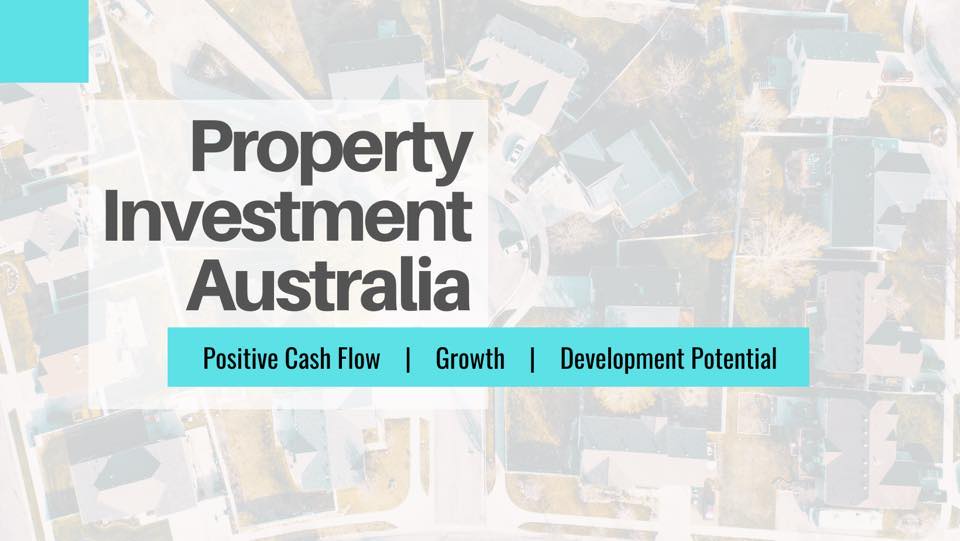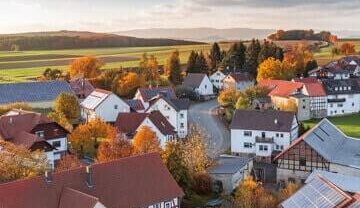There are a lot of doomsayers discussing about how house prices will drop by 20% or more. This goes against the historical record and against economic reasoning. It is more likely that the house prices will suffer a single digit percentage fall and that too not all across Australia but there would be a lot of suburbs which will still see growth. There will be a lot of housing that will see extended period of flatness in real terms
Why do I say this? Lets look at the graph below

The graph shows real house prices in Australia from the beginning of 1970 up till June 2021. There is an obvious pattern in graph of house pricing that is zooming up and then staying flat for a long period of time. This pattern is not just by accident, it occurs for particular economic reasons and happens across various different countries. For example Canada follows a strikingly similar pattern
Housing versus Shares
So the question becomes, why do house prices evolve in an up and flat pattern rather than up and down like shares? The difference between the housing market and share market is how they respond to a fall in demand
In share markets, the supply of shares available for sale (afloat) is essentially fixed and unchanging with the level of share prices. When the demand for shares falls, then to get back to equilibrium of demand = supply all the change has to come from pricing. Prices have to fall to bring the market to equilibrium.
The residential property market is different. When the demand for houses falls, then the prices start to fall. As the prices fall, the supply of houses available for sale declines because some sellers pull back from the market. Many homeowners/investors are reluctant to sell into a falling market, or even to accept a price below the high water mark that their property has previously seen.
For example I have a client who bought a PPOR in Ringwood and would have been able to sell the property over $900k and in todays time would only fetch around $850k so they would prefer holding the property.
Thus because supply falls as prices fall the market gets back to equilibrium without getting the prices to fall further. On the flip side when the demand rises after a period of flat prices, then supply expands and more people want to sell. Thus it takes substantial increase in demand to soak up the extra houses for sale before prices start increasing.
Thus our attention to sales volumes, listings, stock on market, days on market to under the supply and demand side of the equation.
Inflation Expectations
Now hindsight is a beautiful thing, and if look at Australian house prices that rose sharply from late 2020 and onwards. Although when RBA dropped interest rates from to 1.5% to 0.75% mid October 2019, 3 months before the first case in Wuhan. Even after the cash rate at 0.1% In mid 2020 the market still took its time to be convinced that the rate cuts were long term. The same will happen in this cycle. Housing participants will look at rising mortgages rates and think they are obviously not permanent. Rising inflation might be pushing the rates up now, but inflation will fall away and then rates will fall with it.
The point is that house prices wont respond downward to rising mortgage rates until households think those rates are here to stay. We can see that in bond prices and that they believe this is a short cycle.
Thus the doomsayers talking about 20% to 25% percent are focussing too heavily on short term interest rates and drive long term changes
What to expect
Australian house prices rose sharply from late 2020 onwards in response to the sharp fall in interest rates engineered by the RBA in response to the Covid crisis. What we should expect now is that house prices fall by single digit percentage amounts, or perhaps a bit more, but not by 20-25%. There is no precedent for those kinds of falls in Australian housing prices in normal circumstances.
Real housing prices suffered very large falls during the Great Depression of the 1930s and during WWII and its immediate aftermath. But we are not talking about depressions or world wars here.
The largest fall in real house prices since 1970 was the 12.7% decline between mid-2017 and mid-2019. A 20% fall in nominal house prices (no adjustment for inflation) over the next year would be a 27% fall in real house prices if inflation runs at 7%. 27% is more than twice the largest fall we have seen in real house prices (12.7%) since 1970. Could it happen? Highley unlikely!
However, investors should not expect real house prices to rise either for a decade or more. There might even be a slow decline in real house prices, as happened from 1974-1987. There is something to work through here and that will take a long time.
Misunderstandings
Another misunderstanding is about the mortgage stress and that if the cash rate goes up to 3% the danger of forced sales of properties adding to supply is being seriously overstated. Another misunderstanding is just how constrained the supply of new housing is in Australia. There is no doubt in saying that prices in Australia have reached very elevated levels. The total value of housing stock is 480% of GDP versus 180% GDP in US. Moreover average house price are more than 6 times average household disposable income up from multiple of 2.5 times in 1990.
Nonetheless, homebuyers should be sceptical about predictions that house prices will fall by 20-25 per cent in the next twelve months. The fall will be a lot more modest and infact the real house prices would potentially remain flat before turning over and rise again.
As a smart investor building a sustainable property portfolio you should always aim for a long period of low growth but buy in areas where demand is high and supply is constraint thus pushing prices higher rather than creating more supply.
Follow us below for more content






